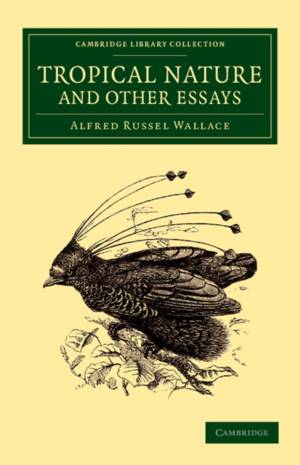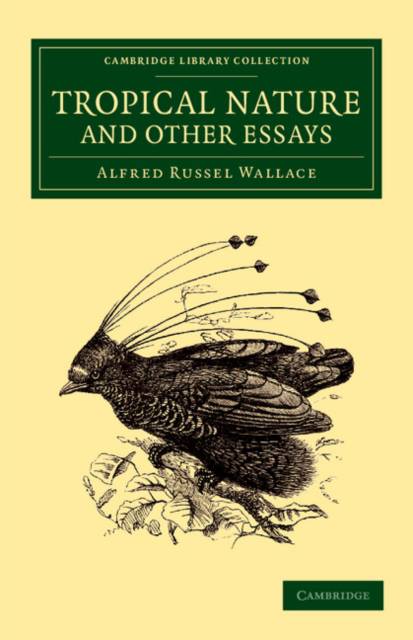
- Afhalen na 1 uur in een winkel met voorraad
- Gratis thuislevering in België vanaf € 30
- Ruim aanbod met 7 miljoen producten
- Afhalen na 1 uur in een winkel met voorraad
- Gratis thuislevering in België vanaf € 30
- Ruim aanbod met 7 miljoen producten
Zoeken
Omschrijving
Sometimes referred to as 'the grand old man of science', Alfred Russel Wallace (1823-1913) was a naturalist, evolutionary theorist, and friend of Charles Darwin. In this study of tropical flora and fauna, he takes the reader on a tour of the equatorial forest belt - the almost continuous band of forest that stretches around the world between the tropics. There, chameleon-like caterpillars alter the colours of their cocoons, parasitical trees override their hosts with spectacular aerial root systems, and some of the most pressing questions of Victorian evolutionary science arise: how do animals and plants come to be brightly coloured? Can their adaptations provide clues about past geological eras? And was Darwin wholly correct in his theory of sexual selection? First published in 1878, Wallace's book is a skilfully written reflection of contemporary naturalism, still highly readable and relevant to students in the history of science.
Specificaties
Betrokkenen
- Auteur(s):
- Uitgeverij:
Inhoud
- Aantal bladzijden:
- 380
- Taal:
- Engels
- Reeks:
Eigenschappen
- Productcode (EAN):
- 9781108053136
- Verschijningsdatum:
- 6/06/2013
- Uitvoering:
- Paperback
- Formaat:
- Trade paperback (VS)
- Afmetingen:
- 140 mm x 216 mm
- Gewicht:
- 480 g

Alleen bij Standaard Boekhandel
+ 180 punten op je klantenkaart van Standaard Boekhandel
Beoordelingen
We publiceren alleen reviews die voldoen aan de voorwaarden voor reviews. Bekijk onze voorwaarden voor reviews.











